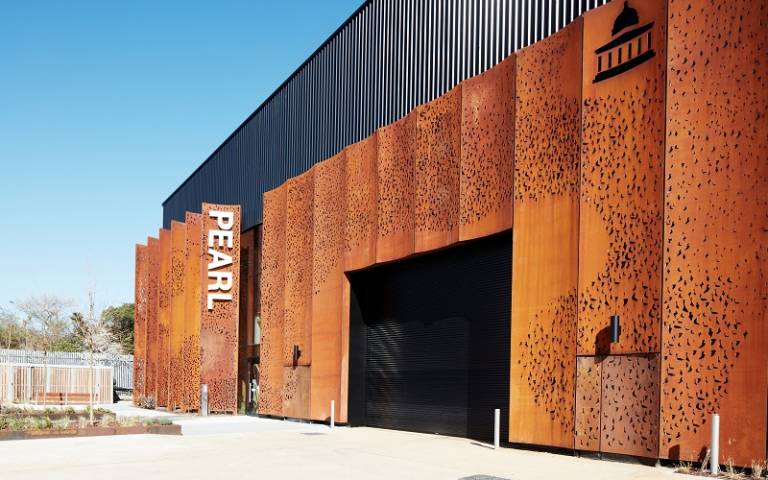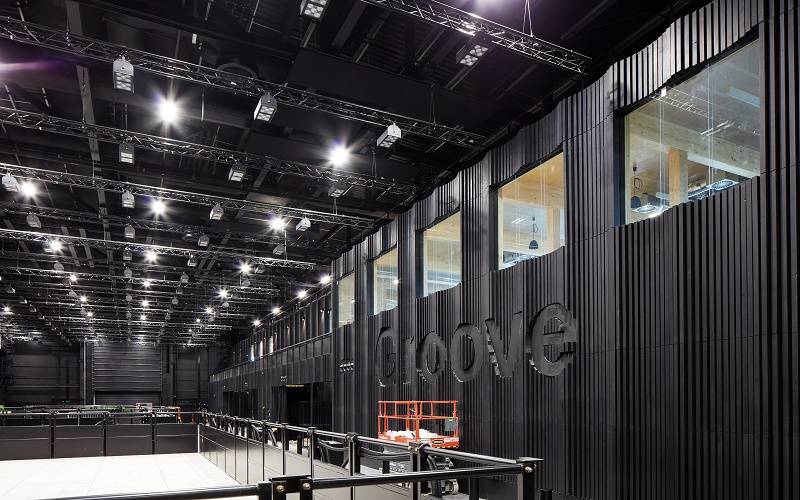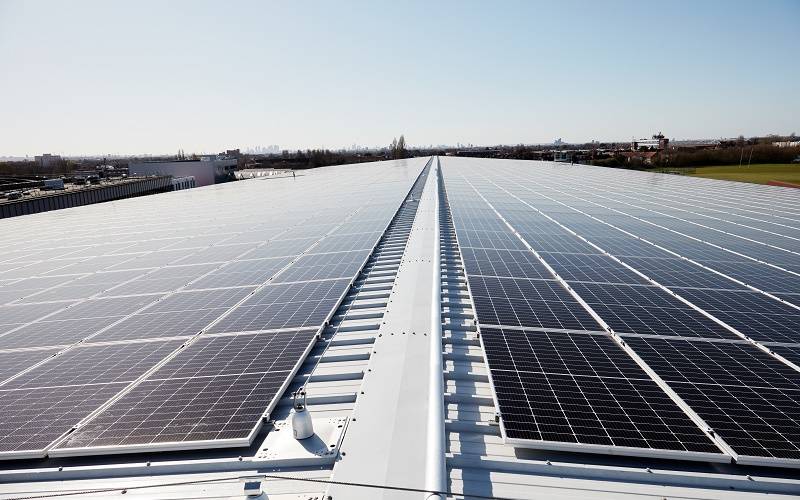Construction of UCL’s newest research building, PEARL, has completed
18 May 2021
The construction of PEARL (Person Environment Activity Research Laboratory), UCL’s first research building in east London, has now been completed.

The building, located in the LondonEast-UK Business and Technical Park, Dagenham, will also be one of the core laboratories in the UK government’s EPSRC-funded UK Collaboratorium for Research on Infrastructure and Cities (UKCRIC). The facility will become part of the UCL’s Civil, Environmental & Geomatic Engineering’s (CEGE) Centre for Transport Studies (CTS) and will be the only space like this in the world.

Speaking on what this development will mean for the department, Professor Nick Tyler, Director of UCL CTS, remarked, “PEARL places us at the centre of the UK’s national research facility for infrastructure and cities. We will bring new transdisciplinary approaches to the science and engineering of cities and their interactions with people, and all that this implies for the future of cities and people.”
PEARL's facilities will allow the impact of environmental conditions, such as space, colour, lighting and sound, on people’s behaviour and perception to be tested. A fully customisable floor and decommissioned TFL train carriages can create real life contexts, for example a railway station, a high street or town square, where people's interaction with the physical environment and each other can be examined. Bringing the experiment conditions as close to real life as possible, PEARL is also equipped with simulated indoor weather and sound systems. With these provisions being available in the space, researchers will be able to measure subjects’ sense of contentment, reaction to risk and the impact of changes in sound in public spaces.

The first net zero carbon building at UCL

PEARL is the first net zero carbon building in the UCL portfolio and is a clear demonstration of UCL’s strategic commitment to lead by example and operate in a sustainable way. The project is highly efficient, bringing meeting spaces, workshops, and the public gallery into three indoor zones, to help reduce the space that needs to be continuously heated and cooled. Needing only a small amount of energy to operate, PEARL also produces its own energy from solar panels that span the roof. The project used only durable construction materials and since occupying the site, UCL has planted more trees and installed box planters, reducing air pollution and supporting local biodiversity.
Placing UCL at the forefront in global research into accessibility for public design, PEARL has been created as the newest chapter in UCL’s history as a disruptive centre of excellence which is open to all.
For more information about the vision for PEARL including working there, see pearl.place.
Neil Turvey, UCL Estates Assistant Director Capital Projects, commented on the completion saying “This has been an exceptional project from the outset with a clear academic vision. By working and performing as a team from concept to construction, we have been able to deliver this outstanding facility both safely and on time. PEARL is UCL's first carbon neutral facility in use and will enable research into accessibility and mobility in modern cities. A great achievement by all those involved”.
Further Reading
PEARL is the first UCL building classified as net zero carbon
 Close
Close

